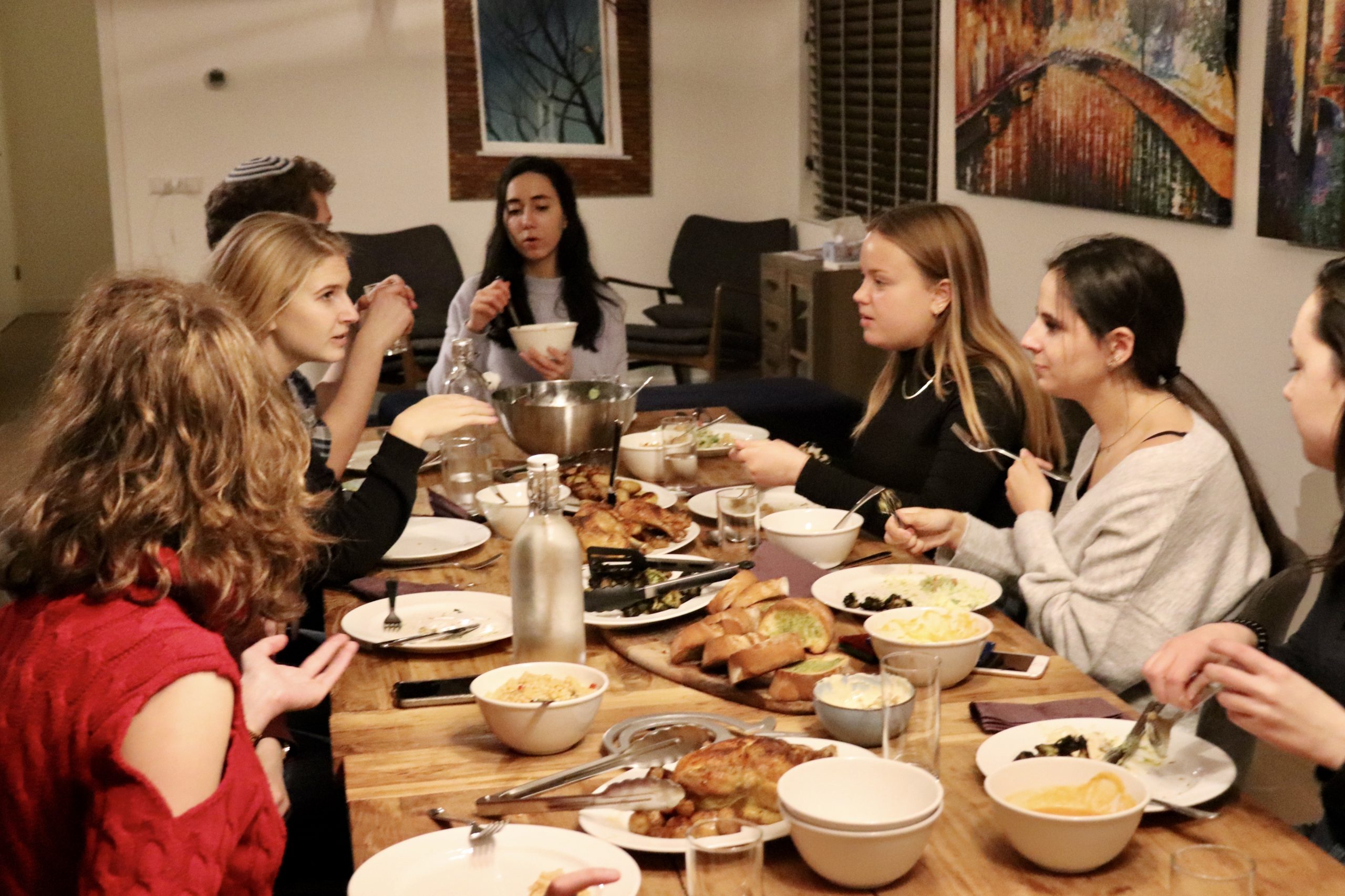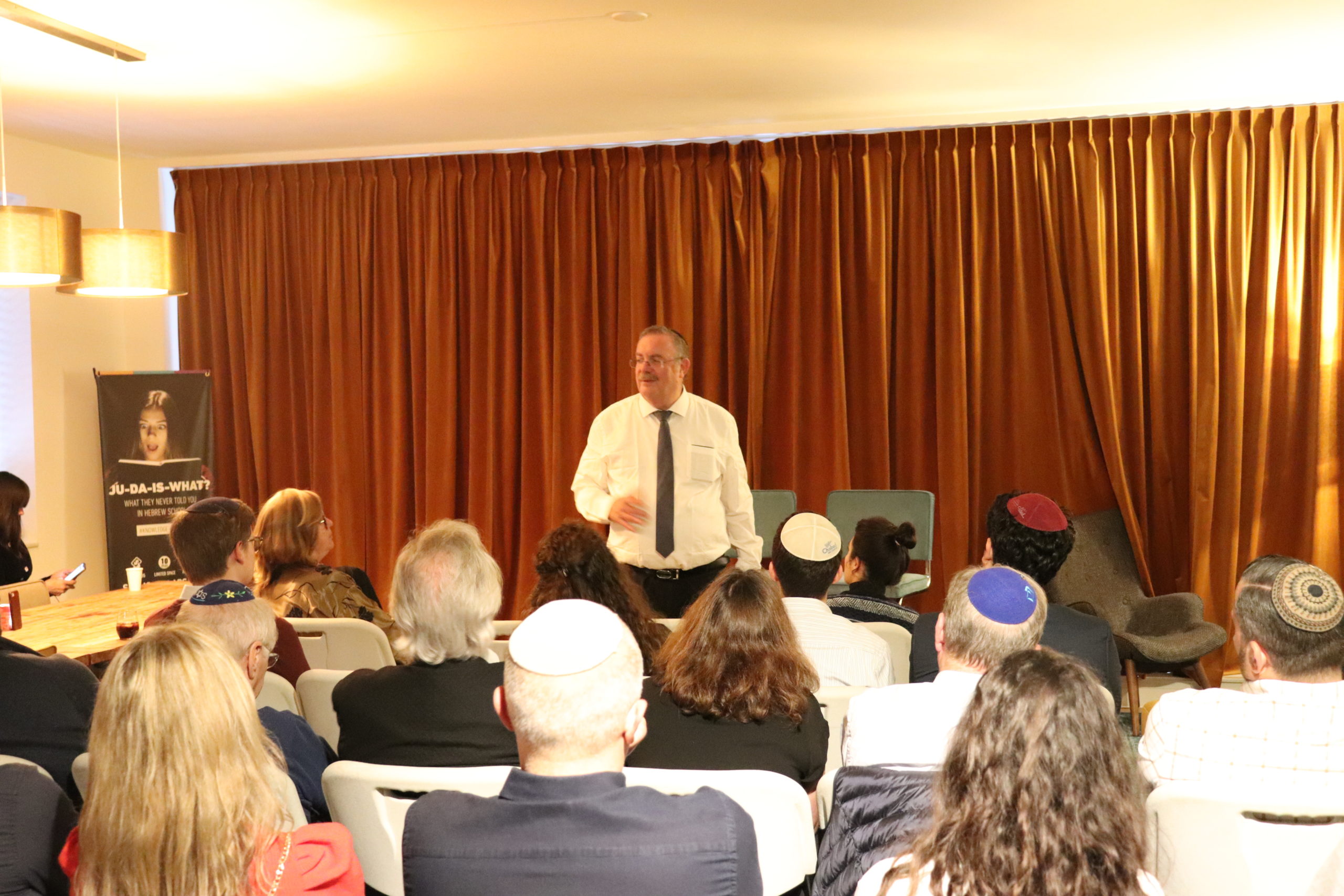In ancient times of the Persian Empire, approximately 400 years before the common era, the influence of the Persian Empire extended over 127 countries. In this cosmopolitan society, Jews lived scattered across many regions. The story of Purim, a celebration that is still lively today, finds its origins in this period.
Queen Esther
The story begins with King Achashverosh (Ahasuerus) condemning Queen Vashti to death after she refused to obey his orders. A quest for a new queen is organized, and a young Jewish girl named Esther is proclaimed the new queen. However, Esther keeps her Jewish identity hidden.
While Esther kept her true identity concealed, a threat arose in the form of Haman, a high-ranking official who harbored a deep hatred for the Jews. Mordechai, a Jewish leader, refused to bow to Haman, leading to Haman’s vengeful plan to kill all the Jews in the empire on the 14th of the month of Adar, a date chosen by casting lots.
Mordechai urged Esther to inform the king about Haman’s dark plans, but Esther hesitated out of fear for her own life. Eventually, she asked Mordechai to gather all the Jews in the city of Shushan for three days of fasting, prayer, and repentance.
Victory over Haman
On the third day Esther invites Haman and the king to two banquets where she eventually reveals her true identity and accuses Haman of his plan to exterminate her people. Haman is condemned to death, and Mordechai is appointed as prime minister in his place. A new decree is issued, granting the Jews the right to defend themselves against their enemies.
On the 13th of Adar, the Jews fought bravely and defeated many of their adversaries. On the 14th of Adar, they rested and celebrated their victory. In the capital of Shushan, the battle lasted an extra day, so Purim is celebrated on the 15th of Adar in walled cities like Jerusalem, while elsewhere the 14th is the day of festivity.
The heart of Purim
The heart of Purim is formed by four mitzvot, all beginning with the letter M:
- Megillah: Reading the Book of Esther twice
- Matanot Le’evyonim: Giving gifts to the poor
- Mishloach Manot: Sending gifts to friends
- Mishte: Holding a festive meal

One of the favorite Purim treats are the Hamantaschen. This festive day is accompanied by a light, joyful atmosphere where children and sometimes even adults dress up. This tradition recalls the fact that in the Purim story, G-d was hidden, His name is not even mentioned.
The day before Purim, Ta’anit Esther, it is customary to fast. This fast serves as a reminder of the seriousness of the situation the Jewish people faced and the prayers that were uttered for their protection.
Dates and Times
The Fast of Esther is this year on March 21th. Fast begins on 4.45 am and ends at 7.43 pm.
Purim begins this year on March 23rd at 7.59 pm (after the end of shabbat) and will continue untill the evening of March 24.








